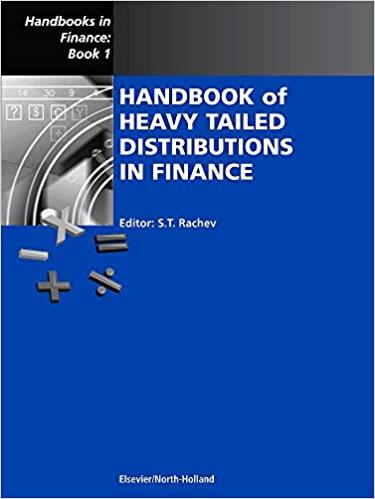Answered step by step
Verified Expert Solution
Question
1 Approved Answer
Naz and Kam are both accountants and have joint income of 1 8 0 , 0 0 0 per annum. They have a current mortgage
Naz and Kam are both accountants and have joint income of per annum. They have a current mortgage balance of from their bank. This is on a repayment basis secured on their main residence. Their fixedrate deal ended recently, and they are currently paying the lender's standard variable rate.
They were thinking of moving house last year and at that time the estate agent valued their property at
However, they were unable to find a buyer at an appropriate price and they decided to stay where they were.
They now wish to borrow additional funds against the property to build a small extension and are considering either a secondcharge loan from a finance company or a remortgage with increased borrowing to fund the building cost of They have confirmed that the extension is classed as permitted development under the relevant planning rules.
Naz and Kam have met the mortgage adviser at their local building society. The building society criteria dictate a maximum mortgage of loan to current value, and the adviser has recommended a repayment mortgage at a fixed rate of for three years, which will then revert to the lender's standard variable rate, currently
Kam has contacted a finance company that has offered to provide a secured loan over ten years to cover the full cost of the extension. The interest rate is per annum and is fixed for the loan term. The finance company only offers loans secured on the applicant's main residence, on a first or secondcharge basis. It will not lend against properties where part of the property is for nonresidential use.
Naz is concerned about being able to meet the repayments on their finance if either he or Kam is off work due to illness. The building society offers mortgage payment protection insurance, but Naz is aware of the key drawback of this when compared with income protection insurance, which is his preferred product. The finance company does not offer protection products.
In order to provide Kam with advice, the finance company she has contacted must be authorised by the:
a Competition and Markets Authority.
b Financial Conduct Authority.
c Financial Policy Committee.
d Prudential Regulation Authority.
Which of the following is correct regarding the regulation of the secured loans the finance company provides?
a All secured loans it provides are regulated under MCOB.
b All secured loans it provides are regulated under the Consumer Credit Sourcebook.
c The secondcharge loans it provides are classed as unregulated consumer finance.
d The secondcharge loans it provides are regulated under the Consumer Credit Act only
With regard to assessing Naz and Kam's capacity to repay the loan on the terms offered, the finance company:
a can choose whether or not to undertake an affordability assessment.
b does not need to assess affordability due to the amount of the loan.
c does not need to assess affordability due to the length of the fixed interest rate
d must undertake an affordability assessment.
If Naz and Kam retain their current mortgage and proceed with the secured loan, the finance company:
a must arrange postponement of the bank's first charge before advancing the loan funds.
b must obtain a deed of variation from the bank.
c will always receive a proportion of the sale proceeds if the property is repossessed.
d will have a charge that ranks behind the existing mortgage.
Assuming Naz and Kam decide to remortgage with their current lender, the valuation of their property must meet what minimum amount?
a
b
c
d
If Naz and Kam decide to remortgage with the building society, what is the position with the MCOB requirement for the lender to carry out an affordability assessment?
a A full affordability assessment is required in their circumstances.
b Naz and Kam can opt for a modified affordability assessment as highnetworth customers.
c The lender can apply a modified affordability assessment.
d The lender can use income multiples as the affordability assessment.
If stress testing the affordability of Naz and Kam's proposed mortgage is required, the building society must consider the impact of potential interest rate rises over a minimum period of:
a three years from the start of the mortgage.
b three years from the end of the fixedrate period.
c five years from the start of the mortgage.
d five years from the end of the fixedrate period.
Which of the following is true regarding Naz and Kam's property extension?
a It must comply with building regulations, and planning consent is required.
b It must comply with building regulations but planning consent is not required.
c Planning consent is required but building regulations approval is unnecessary.
d Neither planning consent nor building regulations approval is required.
Step by Step Solution
There are 3 Steps involved in it
Step: 1

Get Instant Access to Expert-Tailored Solutions
See step-by-step solutions with expert insights and AI powered tools for academic success
Step: 2

Step: 3

Ace Your Homework with AI
Get the answers you need in no time with our AI-driven, step-by-step assistance
Get Started


